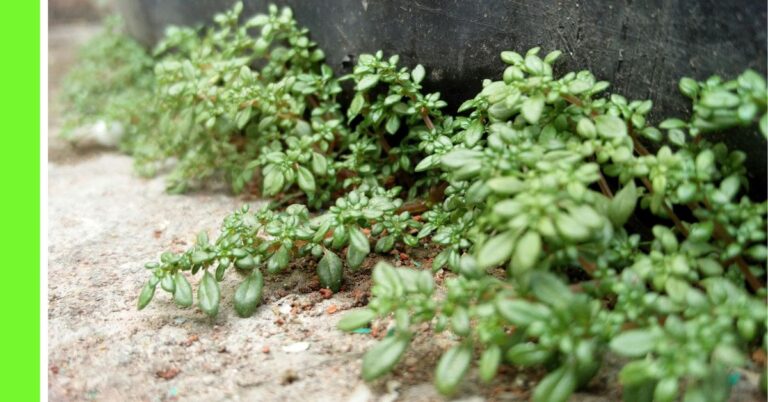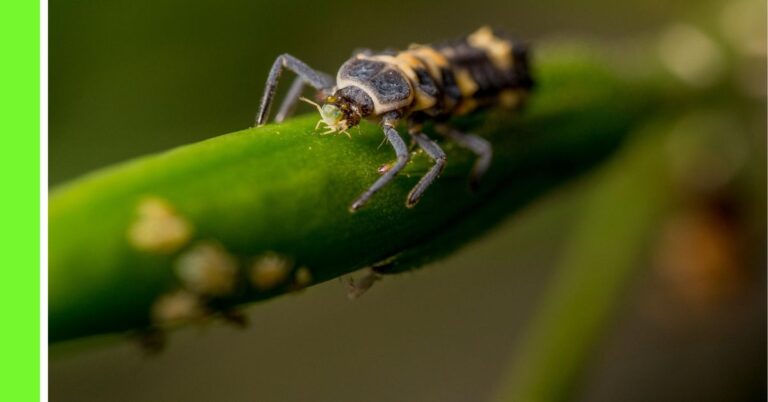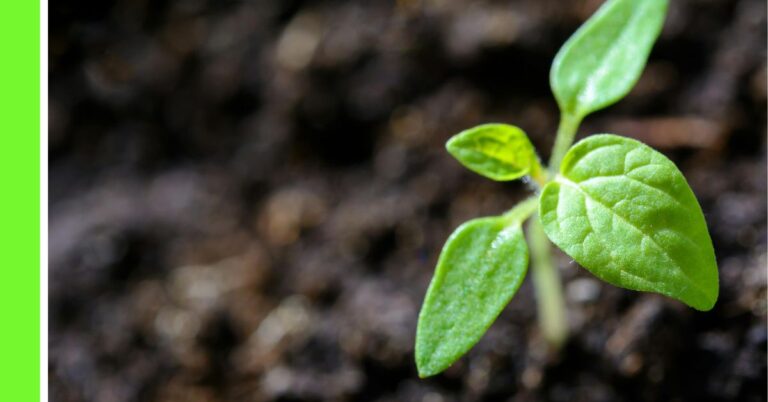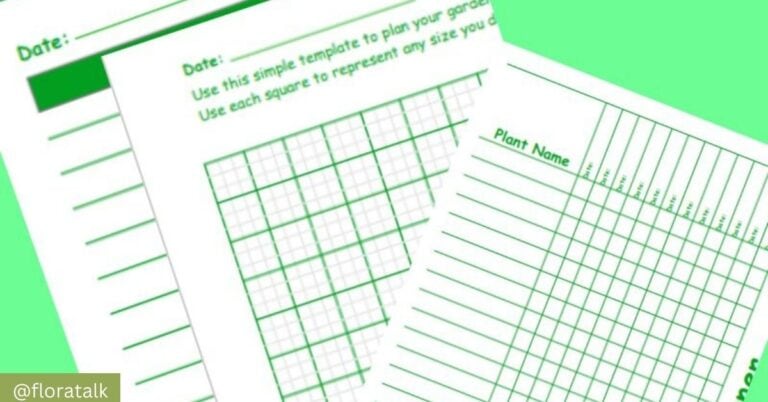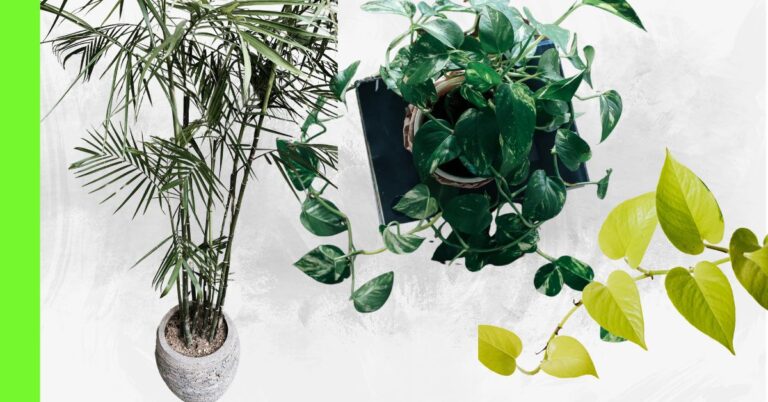Choosing the Right Planting Container and Soil Mix
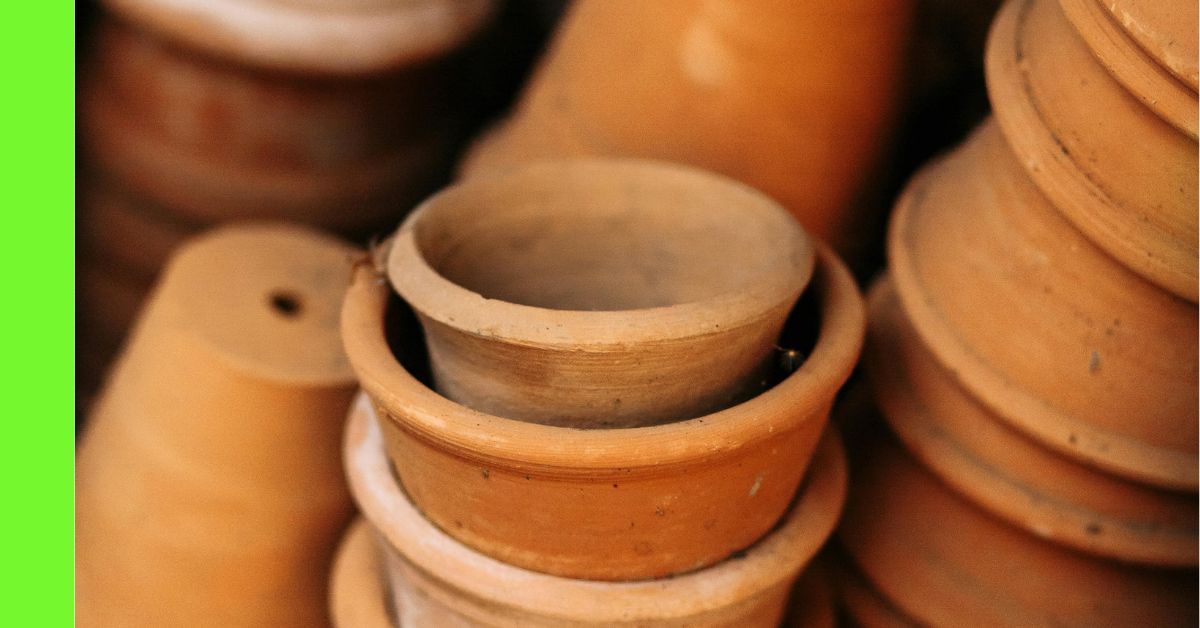
Container gardening is becoming popular among gardeners, farmers, and urban dwellers.
With limited access to large plots of land, many people are now using planting containers to grow vegetables, herbs, and even small fruit trees right in their homes.
But to get the best results, it’s essential to choose the right planting container and soil mix.
Here’s everything you need to know.
What Is the Planting Container Method?
The planting container method is a gardening approach where crops are grown entirely in containers filled with a suitable soil mix.
This method helps regulate soil quality, saves space, and controls pests and diseases better, making it ideal for urban settings like Lagos, Abuja, or Port Harcourt.
Planting containers are also commonly known as:
- Plant pots
- Grow pots
- Planters
- Garden containers
- Container pots
How Do I Choose a Planting Container?
Choosing the right planting container starts with identifying the type of plant you want to grow.
Consider the plant’s root depth, growth habit, and watering needs.
Shallow-rooted crops like lettuce and herbs can grow in smaller containers, while deep-rooted crops like tomatoes or carrots need bigger ones.
In Northern Nigeria, where it can be quite hot, materials that retain moisture, like plastic or ceramic, are preferred.
What Are the Factors to Be Considered While Choosing a Container?
Several factors affect the success of container gardening:
- Drainage: Ensure the container has holes at the bottom.
- Size: It should match the growth requirements of the plant.
- Material: Choose materials that can withstand varying weather conditions.
- Mobility: Lightweight containers are easier to move, especially in urban spaces.
- Cost and availability: Consider what’s locally available within your budget.
Qualities of a Good Planting Container
A good planting container should:
- Allow proper drainage.
- Be durable under sunlight and rain.
- Retain moisture but do not become waterlogged.
- Be non-toxic and safe for food crops.
- Be appropriately sized for your plant’s roots.
What Are the Various Types of Planting Containers?
In Nigeria, you’ll find:
- Plastic pots: Affordable and lightweight.
- Clay pots (earthenware): Great for airflow, but may dry out quickly.
- Grow bags: Ideal for space-saving and root aeration.
- Old buckets or drums: Cost-effective and reusable.
- Wooden boxes: Aesthetic and functional, but need lining.
- Cement planters: Durable but heavy.
How Are Planting Containers Measured?
Containers are typically measured by:
- Top diameter (in cm or inches)
- Height
- Volume (litres) Volume is the most important when determining soil needs.
Planting Container Sizes
Sizes vary based on plant type:
- Small (1–3 litres): Ideal for herbs.
- Medium (5–15 litres): Suitable for leafy greens and peppers.
- Large (20+ litres): Required for fruiting vegetables like tomatoes and eggplant. Always go a size bigger if you’re unsure.
How Much Soil Do I Add to a Container for Planting?
Fill the container up to 2–3 inches from the top, allowing space for watering and mulch.
Avoid overfilling to prevent water overflow.
How Do I Calculate Soil for Containers?
To calculate the soil needed:
- Measure the container’s volume (L × W × H in cm).
- Convert to litres: divide by 1,000. For example, a container 40cm x 30cm x 30cm = 36,000 cm³ / 1,000 = 36 liters.
How Do I Know How Much Soil to Buy?
Use the volume of your containers to calculate the total soil needed.
For example, if you have five 20-litre containers, you’ll need 100 litres of soil mix.
Bags are usually sold in litres or kg, so always check the label.
How Many Litres Are in a Bag of Soil Mix?
In Nigeria, potting mix is usually sold in:
- 10L
- 20L
- 25L
- 50L bags.
Check with your local supplier to confirm, as packaging can vary.
What Soil to Use in Containers?
Use soil that is:
- Well-draining
- Rich in organic matter
- Loamy or sandy-loam in texture.
Avoid using clay-heavy or compacted garden soil alone it can suffocate roots.
Best Soil Mix for Containers
For Nigerian gardens, the best mix is:
- 40% topsoil
- 30% compost or manure
- 20% coarse sand
- 10% cocopeat or rice husk.
This blend balances fertility, drainage, and moisture.
How Do You Make Soil Mix for Containers?
Here’s a simple DIY mix:
- 1 bucket of loamy topsoil
- 1 bucket of compost or poultry manure
- ½ bucket coarse sand or perlite. Optional additions:
- Wood ash (for potassium)
- Neem powder (pest control)
Mix thoroughly before filling your containers.
How to Improve Soil Quality in Containers
- Add compost regularly
- Use liquid organic fertilisers like compost tea
- Mulch the surface to retain moisture
- Rejuvenate old soil with fresh compost
- Rotate crops to avoid nutrient depletion
- Monitor ph and adjust with lime (if too acidic)
How to Choose Container Mix
1. Know What You’re Growing
Each type of plant has specific needs:
| Plant Type | Ideal Mix Qualities |
| Vegetables/Herbs | Nutrient-rich, holds moisture, but drains well |
| Flowers (annuals) | Lightweight, fertile, with good aeration |
| Succulents/Cacti | Fast-draining, sandy or gritty |
| Shrubs/Trees in pots | Slightly denser mix, retains moisture, stable base |
| Orchids/Epiphytes | Chunky, bark-based, excellent airflow |
2. Consider Your Climate
Your local weather affects how fast the soil dries out.
- Hot/dry? Choose a mix with coco coir or peat moss for moisture retention.
- Rainy/humid? Go for a fast-draining mix with more perlite, sand, or bark.
3. Check the Ingredients
A good container mix should contain some combo of:
- Coco coir or peat moss – Holds moisture, improves texture
- Perlite or pumice – Improves drainage and aeration
- Compost or worm castings – Adds nutrients
- Pine bark or sand – Adds structure and drainage
Avoid:
- Garden soil or topsoil (too dense for pots)
- Raw manure (can burn roots)
4. Decide: Pre-Made or DIY?
Pre-Made Mixes – Easy and consistent. Look for labels like:
- “All-purpose potting mix”
- “Vegetable garden container mix”
- “Cactus & succulent soil”
DIY Mix – More control and customisation.
5. Match It to Your Container
- Small pots – Light, airy mix so roots can breathe.
- Large containers – Mix with some bark or heavier components to support large plants and retain moisture.
Conclusion
In Nigeria, making the right choice of planting container and soil mix is the foundation of a successful garden, especially in urban areas.
With the right knowledge and tools, anyone can grow fresh vegetables, herbs, or ornamental plants from the comfort of their home.
Whether you’re repurposing buckets or investing in grow bags, the key is to match your container and soil to your plant’s needs and the climate.
Need help sourcing planting containers and soil mix in Nigeria? Check out our platform, Floratalk Hub, for local suppliers.
Hope this article was helpful.





